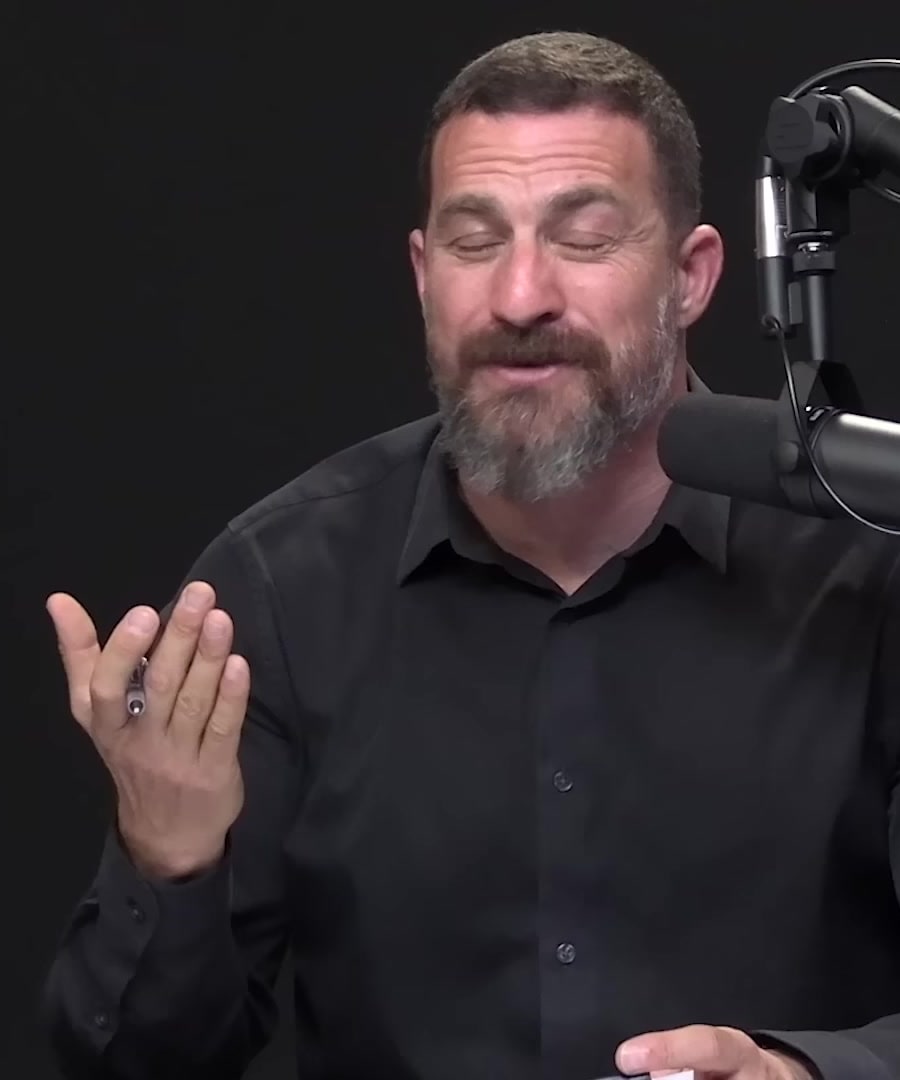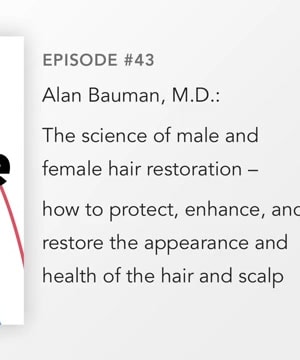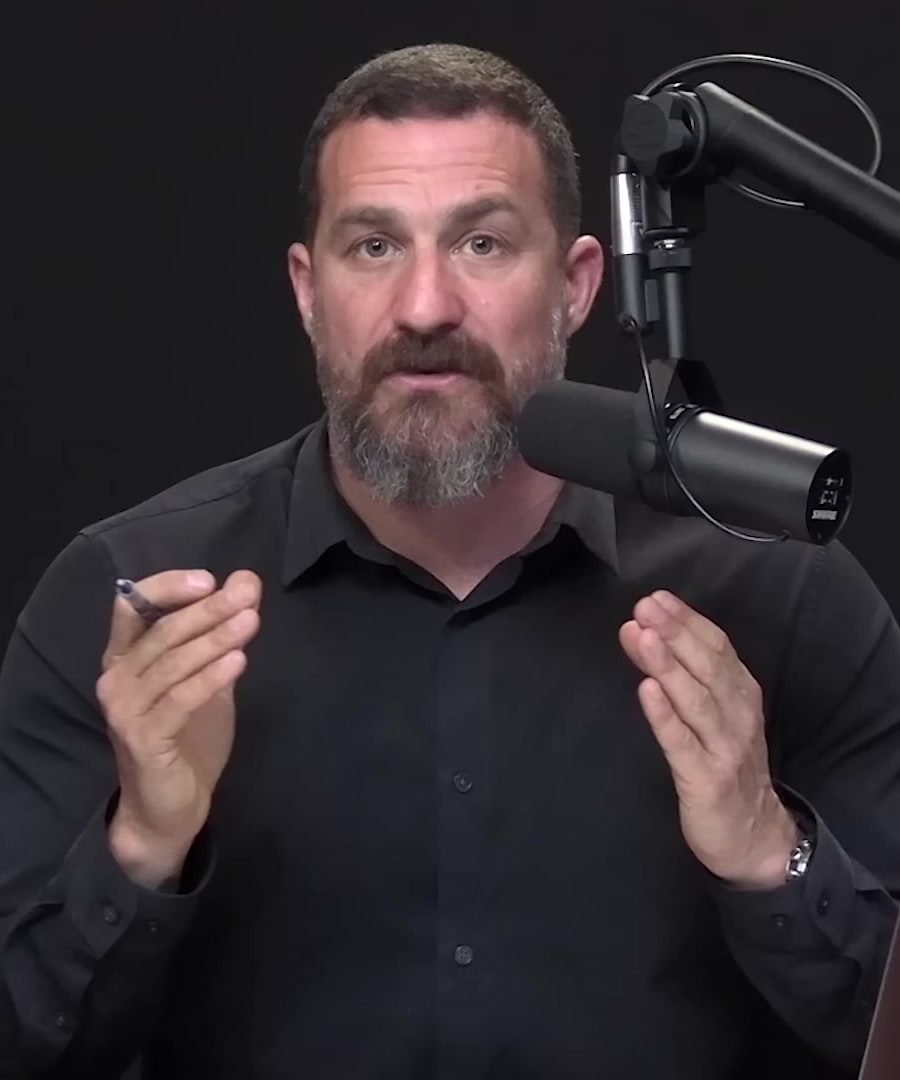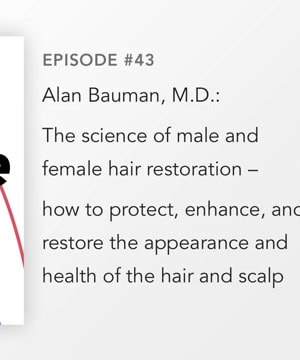Minoxidil
Sources:
Minoxidil is commonly known for its usage as a treatment for hair loss. It was originally developed to treat hypertension, as it causes vasodilation, improving blood flow. When applied topically, it can enhance blood flow to the scalp, aiding in extending the anagen phase of hair growth and potentially slowing the rate of hair loss. Nonetheless, its effectiveness in reversing significant hair loss is limited [1 2 3].
Combining minoxidil with other treatments, such as microneedling, has shown more effectiveness, especially in areas of the scalp with little to no hair follicles, so-called "dead zones." However, ongoing use is generally necessary to maintain any hair growth achieved through minoxidil [4].
Minoxidil also comes with potential side effects, including swelling, dizziness, and hormonal changes, which can cause reductions in libido and general well-being. These side effects highlight the importance of proper dosing [5 6]. The dosage of minoxidil can vary greatly, from oral forms typically starting at 0.25 milligrams to topical solutions with a 5% concentration used daily [2].
Alan Bauman discusses that minoxidil works by keeping hair follicles in the growing phase longer, potentially thickening the hair. It is often compounded with other agents to improve efficacy [7].
RELATED QUESTIONS






